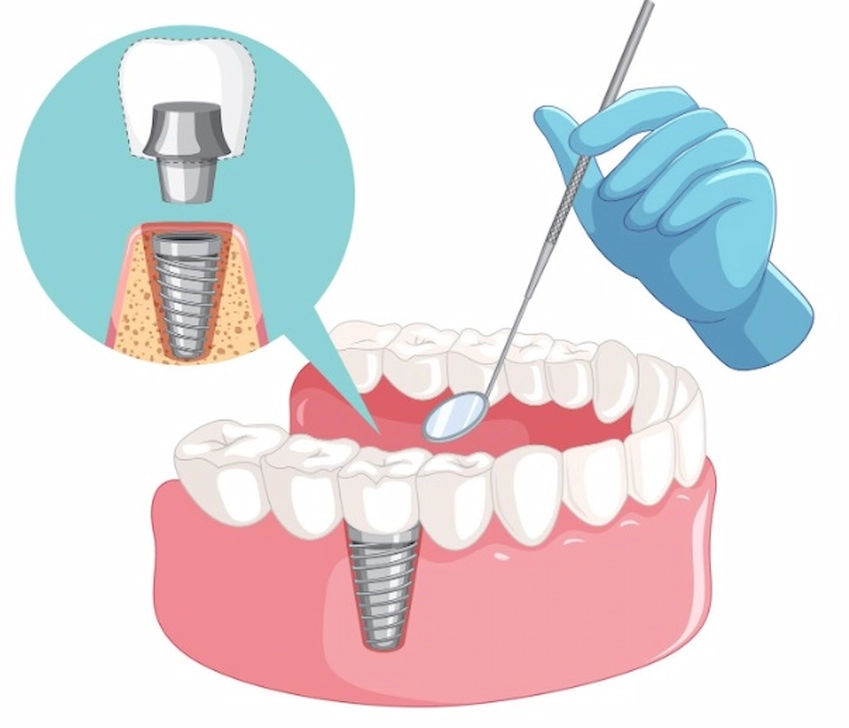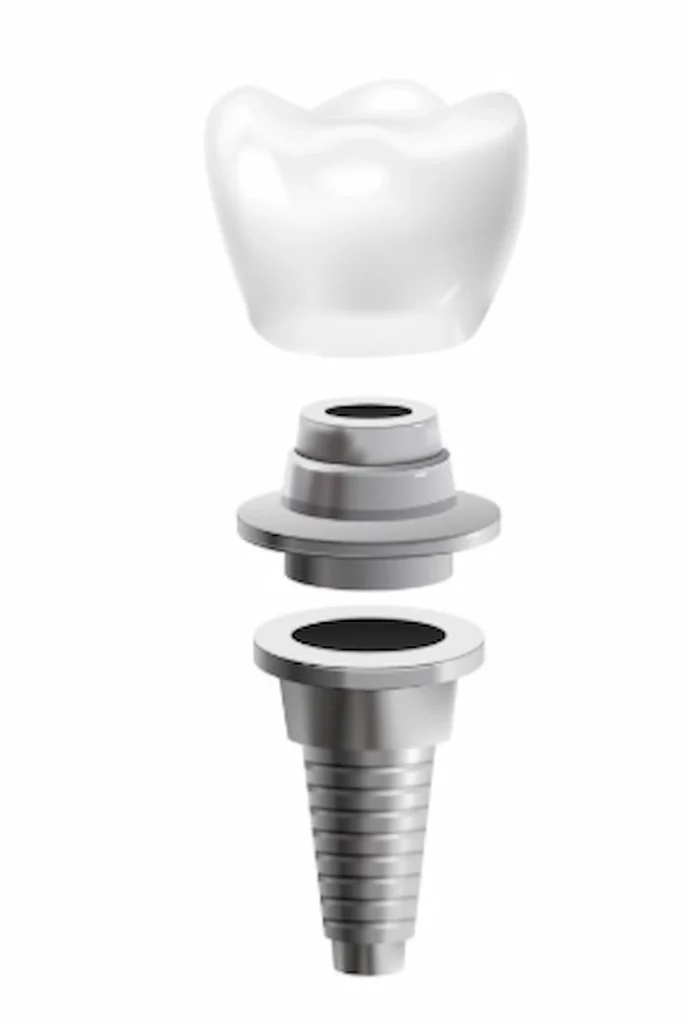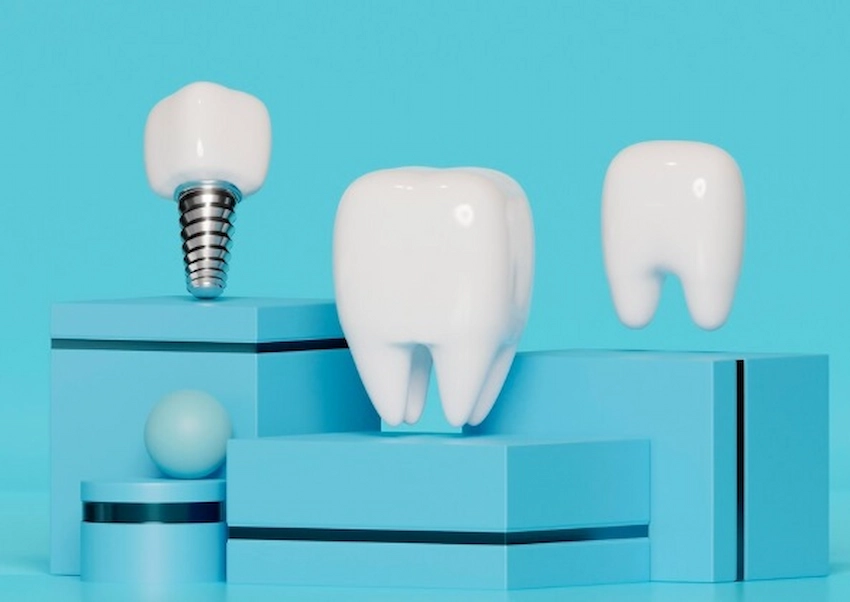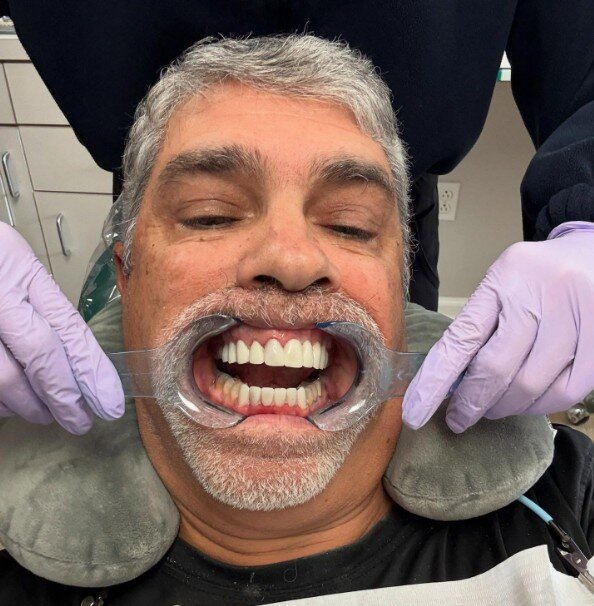🦷Dental Implant Healing Stages?

A carefully executed and skilfully built dental implant could substantially impact the quality of life of someone who was once toothless as dental devices are not only quite effective but also very similar to the natural teeth in shape. Nevertheless, we should recognize that the way for a totally integrated and functional dental implant has several stages that must be gone through to ensure the success of the surgical procedure.
Planning the various stages of the dental implant healing can make the patient elated and ensures that the desire for the best result still ranks high on the list of preference. Lema Dental Clinic, as a well-known dental institution that goes all the way in dental implant processes, is steadfast in the quest for the provision of knowledge and assistance to the customers on a 24/7 schedule, with the primary objective of making their journey of implantation a success.
What Are the Dental Implant Healing Stages?
After you have received your dental implant, you are likely to be surprised to learn that the recovery period is not merely a matter of waiting around for a period of time but is instead a complex process that involves a number of actions and precautions, especially aimed at preventing any possible infection at the site of the implant surgery, to maximize the chance of the success of the procedure. Here are the succeeding stages of dental implant healing, let us say, after fair knowledge of the treatment procedure will prepare you adequately for what to expect from it on the onset:
The First Few Days

The first initial portion of the procedure would be carried out immediately after the surgical insertion of the dental implant and this would take place within a few days of undergoing the procedure. Here, it would be noted that it is natural for the body to react to the surgery and that severally effects would be noted including the formation of a fibrin clot, which is a Gel-like sticky substance that would be formed to fill the empty spaces in the tissues and help later tissues to heal a process that would take a number of days to complete, without forgetting to examine the critical occurrence of the first phase of mucosal tissue healing.
As already mentioned, this phase seems quite fulminant and paradigm-changing in terms of the body ’s reaction to the dental implant and surgical sites; swelling and bleeding appear normal phenomena and a healing reaction inclusive of the developed area of the skin and mucosa at the areas of intervention.
Make sure, however, that the swelling and bleeding should not coral for more than two or three days, thereafter dispersing and gradually subsiding. Such an event includes the limit of irritative or external contacts, such as hot water, hot baths, excessive physical activity, etc., as they can lead to bleeding or swelling on the surgical areas.
- Swelling and Discomfort: During this stage, mild to moderate swelling and discomfort are some of the symptoms. The symptoms are at their maximum intensity within 48-72 hours of onset of the inflammation and typically can be managed with the general prescription of antibiotics, analgesics, and also the use of cold compresses, either on your cheek or around the jaw where the dental implant was placed. A type of caution to this is that the ice cubes on your cheeks should be placed every one hour giving time for the flow to normalize itself. However, keep in mind that the ice on the cheek should not be kept for more than one hour at a stretch.
- Clot Formation: The process of implantation of a dental implant results in the clotting of blood in the area of the implant. A mere explanation of the action of blood clot formation that offers a ground for much better healing to be executed can equally do the job. To avoid any damage to the clots within an hour after the implant placement, certain measures have to be strictly followed such as the non-forceful mouth rinsing or spitting. Also, the suctioning of the mouth bottom should be made less insistent. The blood clot formation might destructively result in bleeding. Once again, the performance of the body is limited only to fluid or food in the form of a soup, puree, etc. provided that these things are easily digestible, and the clots will continue to be maintained as clean as possible.
Once the blood clots start to heal themselves and the wound begins to close, the oral cavity must stay clean. For a number of days after the surgery, avoid brushing around the first tooth with the dental implant and instead, focus on the oral hygiene of the rest of the teeth. So, in that case, a diet of soft and nutritious foods is the best to avoid any trouble with ingestion and digestion, as the food will likely stick to the edges of the gums and hard and crunchy food may hinder the healing process, taking good care of the implant will probably involve not drinking.
Osseointegration: The Key to Implant Success
When the titanium dental implant pairs with the jawbone in the dental implant surgery, the effect of osseointegration occurs and this is the most crucial process of the entire procedure. This phase of the treatment is critical because it prevents the engineered replacement from shedding, at the same time, giving the artificial tooth substance and quality. The new teeth of the titanium implants have the same roots and are as hard as the natural teeth.
The topic osseointegration and the time during which the patient’s body is healing is explained in this text item: For how long: This part can be healed to the extent of a natural thing and up to three to six months, so it is quite long but also very variable with individual response and bone status.
Bone Development and Density
The course of osseointegration comes about with the formation of bone and its vascularity. Once the bone has joined with the artificial root of the implant, it becomes fixed and strong, and it can last for a long time without moving. The dental implant’s service life and the tissue that grows around it depend on each other’s growth process.
Moreover, the dentist’s instructions should be followed strictly through this time of osseointegration. Additionally, the detrimental effects of smoking on the body’s natural healing mechanism cannot be understated. Therefore, a person should quit smoking during this period, if possible. At the same time, eating a lot of healthy food and your bones do a world of good in your body; they not only support the implant but also strengthen and let you carry on with your life.
Soft Tissue Healing: Getting Ready for the Final Restoration

Following osseointegration, the stage that comes after is the most important for the completion of the restoration process of the dental implant. Soft tissue healing is an essential step where the healing and restructuring processes are carried out to ensure the growth of healthy gum tissues. By the end of this phase, the soft tissue has healed enough to allow final restoration to take place.
Soft Tissue Healing Stage Overview
- Healing Abutment Placement: The healing abutment is another term for the healing cap, which is a tough and good-looking healing part that can either be put or screwed onto the implant for the shaping of the gum tissue and the making of the acceptable and fitting shape needed for the final crown.The healing abutment is commonly delivered at the time of the soft tissue healing, and its seating will not only constitute a unique retention method that realizes the soft tissue contouring as desired but also turn the parts into appealing, patient-compatible final restorations.
- Gum Molding: As indicated by the healing abutment, the gum tissue is allowed to heal and shape around it, resulting in a natural-looking gum line that mimics the contours of a natural tooth. Such an interface that is very much like nature’s is not only pleasant to the eye but also bears the physical capacity of strength and support. The satisfactory density of the soft tissue in the presence of the right shape of the gum tissue and the soft tissue will not only be used to fabricate a perfect crown but also will still be alive with good features.
Factors Influencing the Dental Implant Healing Stages
To be more specific, some of the major factors that are known to affect the duration and discomforts associated with healing and recovery after dental implant surgeries are first of all the patient’s overall health and medical history followed by the type and procedure of surgery performed on the patient.
Compound to that, some of the other specific factors whose importance should be underscored include: good oral hygiene; diligent and healthy eating habits and such factors as smoking, the type of tooth being replaced, region of the implant as well as the uniqueness
- Bone Quality and Density: Good quality bones with higher volume having high density can enable faster and better osseointegration process while the lower volume bones of lower density may be unwilling to integrate the implant or require additional time for completing the integration process.
- Overall Health: Oral health is not limited to teeth and gums, the general body health will affect the treatment outcome positively or negatively especially on conditions like diabetes, hypertension, and arthritis that may affect healing and also risky habits such as smoking and bad feeding habits.
- Oral Hygiene: Care before, during and after the procedure plays a huge role in a speedy and uneventful recovery and great attention in terms of oral hygiene should be given including regular brushing and other oral hygiene options as per the recommendations of the doctor.
Frequently Asked Questions About Dental Implant Healing Stages
The current scientific and technical research has led to a marked improvement in the way dental implants are being carried out and the availability of improved techniques and implementing practical research has made dental Implants an extremely popular procedure for the replacement of missing teeth. It is a comprehensive procedure and requires making sure that the procedure goes as smoothly as possible.This is because, from the moment of implantation to the restoration of the prosthesis restored with the implant, the healing process consists of several stages. The following are comprehensive answers to common questions regarding the different stages of treatment with dental implants that are going to help you recover absolutely smoothly and confidently.
The healing process typically takes 3 to 6 months, depending on the quality of the bone and individual health factors. During this period, the implant fuses with the jawbone, a process called osseointegration.
Immediately after the implant is placed, you will experience some swelling and discomfort, which usually subsides within a few days. Pain relievers may be prescribed to manage any discomfort during this period.
In the first few days, stick to soft foods such as yogurt and soup. After about two weeks, you can gradually start eating more solid foods as healing progresses.
Osseointegration is the process in which the dental implant fuses with the jawbone, providing stability. It is critical for the long-term success of the implant and typically takes between 3 to 6 months.
Applying ice packs for the first 48 hours can help reduce swelling around the implant area. Keeping your head elevated while resting can also minimize swelling.
Signs such as prolonged pain, excessive swelling, or pus around the implant site may indicate an infection or complication. Contact your dentist immediately if you experience these symptoms.
Light activities can be resumed the day after surgery, but avoid strenuous exercises for about 2 weeks. This gives your implant site time to heal without additional strain.
Once osseointegration is complete, it takes about 2 to 4 weeks to place the permanent crown. This time allows for fitting and customizing the crown to match your natural teeth.
Yes, follow-up visits are necessary to monitor healing, check for complications, and ensure the implant is fusing properly with the bone. Regular check-ups will contribute to a successful recovery.
Smoking should be avoided during the healing stages as it can slow down the healing process and increase the risk of implant failure. It’s best to quit or significantly reduce smoking for optimal results.




